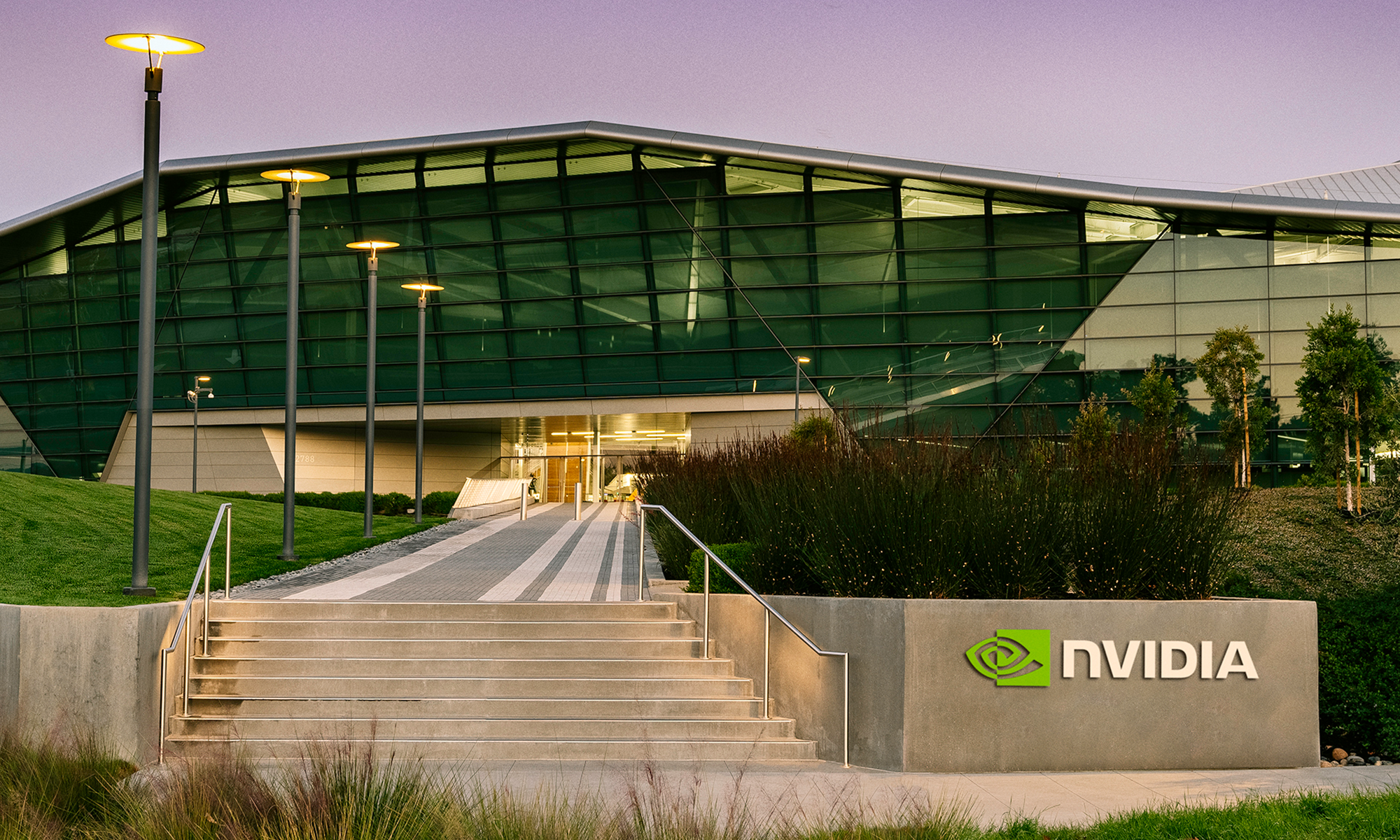Nvidia (NVDA +1.02%) sits at the center of the artificial intelligence (AI) boom -- but investors are split on whether this is still the early innings or the final act of a bubble. The stock has surged 56% over the past six months, yet slipped 2% in the last 30 days (as of Sept. 26, 2025), reflecting growing unease.
On the surface, the numbers leave little doubt. Q2 fiscal 2026 revenue jumped to $46.7 billion, with gross margins topping 72%. But warning signs are flashing: capital spending at bubble-like levels, enterprises questioning AI's return on investment, and competitors eager to chip away at Nvidia's dominance. The truth likely falls between euphoria and collapse.

Image source: Getty Images.
Nvidia remains the backbone of AI infrastructure, but the easy money may already be behind it. The key question for October: Is the stock still a buy, or has the market already priced in perfection?
The empire strikes back
Nvidia's latest quarter didn't just meet expectations -- it redefined them. Data center revenue soared to $41.1 billion, nearly double the company's total revenue from just two years ago. Shareholders were rewarded handsomely: $24.3 billion returned in the first half of fiscal 2026, with another $60 billion buyback locked and loaded. Those aren't defensive moves; they're a declaration of confidence in a cash machine that shows no signs of slowing.

NASDAQ: NVDA
Key Data Points
The strategy also stretches beyond GPUs. A recent $5 billion stake in Intel signals Nvidia's intent to shape entire computing stacks, not just dominate acceleration. On the product front, the Blackwell architecture is ramping quickly, while Rubin and Feynman -- the next-generation chips already in the pipeline -- keep the roadmap full.
And then there are the customers. Microsoft, Amazon, and Alphabet can't build their AI ambitions without Nvidia silicon. When every hyperscaler depends on your hardware, pricing power follows. The 72% gross margins are the proof point -- not an aspiration, but a fact.
The bubble detective arrives
History suggests caution when capital spending reaches current extremes. Tech infrastructure investment now echoes 1999 -- today, AI replaces the internet as the narrative fuel, but the investment cycle looks strikingly familiar.
This circular validation creates dangerous echo-chamber economics, where each player's investment props up the next without clear evidence of end-user ROI. Microsoft invests in OpenAI, which buys Nvidia chips, which Microsoft cites as proof of AI demand.
Meanwhile, enterprises experimenting with AI report mixed results. Many pilot projects fail to scale, costs exceed budgets, and productivity gains prove elusive. If customers can't monetize AI, they won't keep buying $40,000 GPUs indefinitely.
Competition looms larger than investors acknowledge. Advanced Micro Devices gains ground with MI300 chips. Broadcom dominates custom silicon for hyperscalers. Amazon, Alphabet, and Meta Platforms accelerate in-house chip development. Even Intel's Gaudi processors show promise in this regard.
Nvidia's moat remains formidable, but 90% market share only moves in one direction from here -- down.
Beyond the data center hype
The bear case often stops at today's AI boom, but that misses Nvidia's bigger play. This isn't a one-trick company riding a temporary surge -- it has built hedges that extend its dominance into the next era of computing.
Take quantum computing research. The world's leading labs lean on Nvidia's CUDA platform and DGX systems to simulate quantum algorithms long before the hardware exists. In robotics, everything from warehouse automation to autonomous vehicles already depends on Nvidia's edge-computing solutions. And in industrial automation -- whether it's drug discovery, climate modeling, or materials science -- the workloads demand accelerated computing that only Nvidia can deliver at scale.
So when AI training demand eventually cools, Nvidia won't be left scrambling. Inference workloads alone could rival today's training revenue, and robotics or scientific computing could add entirely new legs of growth. At $4.3 trillion, the market may be pricing in perfection, but the company's portfolio hints at multiple acts still to come.
The October verdict
Nvidia's stock offers no easy answers heading into October. Bulls see unstoppable AI adoption, 72% margins, and a stranglehold on data center compute. Bears point to bubble-level valuations across the AI landscape, shaky ROI for AI investments to date, and rivals eager to chip away at Nvidia's dominance. Both sides have valid arguments.
For traders, the setup looks risky after a 56% six-month run -- even a small miss on Blackwell shipments or hyperscaler demand could spark a 20% to 30% pullback. For long-term investors, Nvidia remains the definitive picks-and-shovels play on the future of computing, with exposure not just to AI but also quantum, robotics, and industrial automation.












